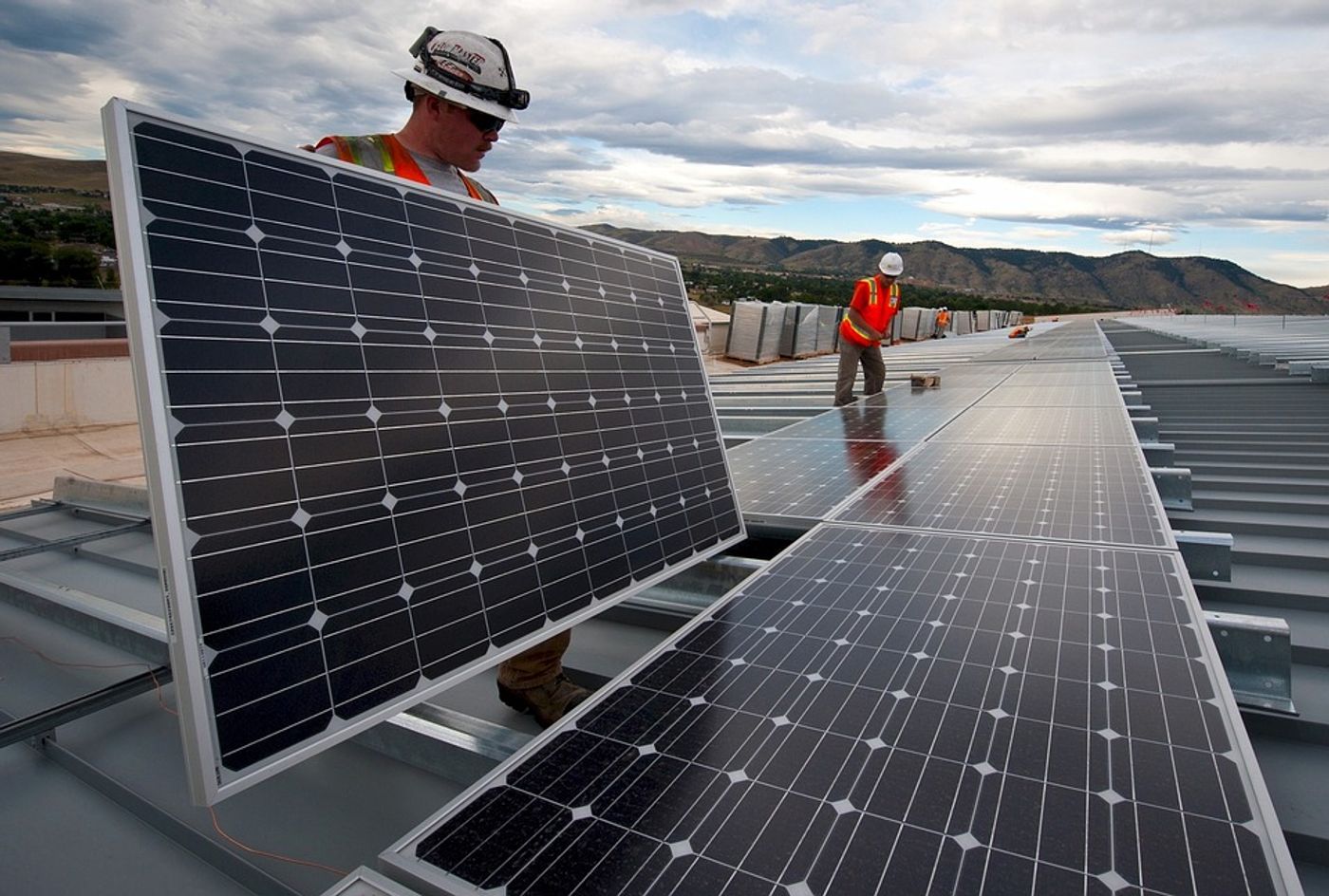Uh-oh: for the first time in two decades, a stall in renewable energy growth
Renewable energy net capacity has been growing every year for almost the last twenty years. And while it reached a record high in 2017, we failed to continue that growth streak in 2018. Which is not to say we didn’t add net capacity in 2018 – we did – in fact, we added just as much as we did in 2017. But the point is that we didn’t surpass 2017 numbers.
The information was in a report from the International Energy Agency (IEA) and concluded that in 2018, we as a world added 177 gigawatts of renewable energy net capacity in 2018, equivalent to the numbers from 2017. According to the IEA, if we want to meet our goals from the Paris climate accords, renewable capacity has to grow by 300 gigawatts per year until 2030. The IEA commented that this stall exhibits “an unexpected flattening of growth trends that raises concerns about meeting long-term climate goals.”
As previously mentioned, with current renewable energy net capacity, we are only meeting 60% of the annual net additions we need in order to achieve our global climate goals. In response to this news, many have expressed alarm, including IEA Executive Director Fatih Birol, who stated: “The world cannot afford to press ‘pause’ on the expansion of renewables and governments need to act quickly to correct this situation and enable a faster flow of new projects. Thanks to rapidly declining costs, the competitiveness of renewables is no longer heavily tied to financial incentives. What they mainly need are stable policies supported by a long-term vision but also a focus on integrating renewables into power systems in a cost-effective and optimal way. Stop-and-go policies are particularly harmful to markets and jobs.”
The stagnation in growth can be explained by a slowing of growth particularly in the field of solar power, which is partly due to a change in China’s solar PV incentives, according to the IEA. Because solar power has consistently been responsible for the most growth when compared to other renewable energy sectors, its slowdown impacts the overall composition of net capacity.
While China did experience a dip in growth, it still accounted for almost 45% of 2018’a capacity increase. Meanwhile, the US grew (a bit) and the EU fell (a bit). We can thank other countries around the world for their significant growth in capacity, as they’re the reason we at least reached 2017’s numbers.
But while this report is frightening, it helps to look on the positive side. “Costs have come down remarkably fast, which will tend to provide a basis for further growth,” said Mike O’Boyle, the director of electricity policy at Energy Innovation. “We are also far from saturated with solar and wind energy—there is a huge potential for further growth, particularly in developing countries.”
Sources: Electrek, Earther Gizmodo









